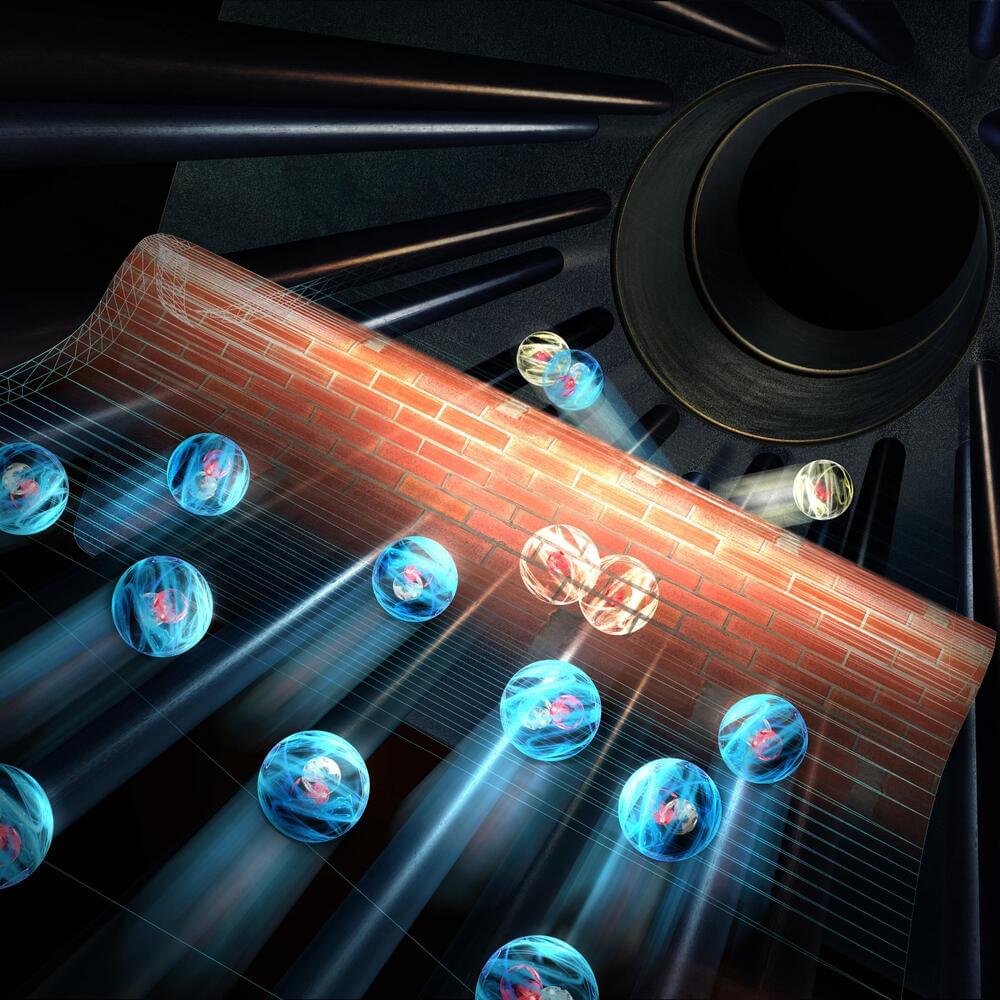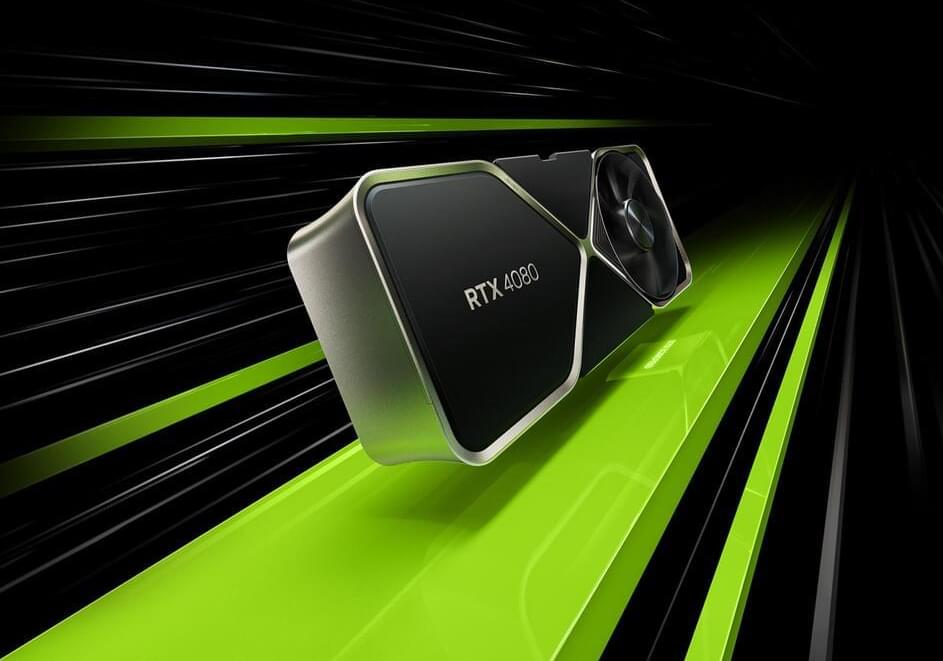NASA showed some love to The Orville, and I’m thinking it’s time for an announcement that Season 4 is happening already.


Alan Thompson, AI Consultant and Former Chairman of Mensa International, examines the latest trends in artificial intelligence, as well as its applications to finance, professional services, and military. He discusses the possibility that AI could become sentient and even dangerous with David Lin, Anchor and Producer at Kitco News.
Alan Thompson’s website: https://lifearchitect.ai/about-alan/
Follow David Lin on Twitter: @davidlin_TV (https://twitter.com/davidlin_TV)
Follow Kitco News on Twitter: @KitcoNewsNOW (https://twitter.com/KitcoNewsNOW)
0:00 — Intro.
1:57 — Overview of AI
8:07 — Chat GPT
11:51 — Human similarities.
15:53 — Microsoft and Google.
19:55 — AI replacing workers.
21:54 — Applications of AI
24:26 — Technological singularity.
26:05 — Dangers of AI
28:52 — Transhumanism.
#technology #ai #chatgpt.
Kitco NEWS is a global news network based in Montreal, with bureaus in New York, Hong Kong, New Mexico, London and Vancouver. Since 2009, our journalists have helped investors make informed decisions through in-depth reporting, daily market updates, and interviews with key industry figures. We aim to accurately and impartially cover the economy, stock markets, commodities, cryptocurrencies, mining and metals.

The St. Francois Mountains of the Ozarks are full of geological wonders. Most know of the smooth shut-ins of the Black River or the house-size red boulders of Elephant Rocks State Park. But the Hughes Mountain Natural Area brings a site overlooked by tourists—the Devil’s Honeycomb.
The trail to the honeycombs can be a bit daunting, but the rewards are well worth it. In addition to sweeping views of Washington county, 1.5 billion-year-old Precambrian rock outcrops multiple at the mountain peak. These are some of the oldest exposed rocks in the United States. Volcanoes once liquified rocks in the area helping form the multi-sided rock columns. The rhyolite formations, known locally as the Devil’s Honeycomb, are one of Missouri’s geologic wonders. They are deep red in color and covered in sea-green lichens.
In the spring and summer, wildflowers fill in the cracks of the honeycomb. Rain pools in between the rhyolite, creating little bird baths. Lizards soak up the sun upon the rocks. Even prickly pear cactus grows in the heat of the honeycomb.

A large team of cancer researchers affiliated with multiple institutions in Germany, working with a colleague from the U.S., has discovered some of the ways gut bacteria can positively impact treatments for cancer. In their study, published in the journal Nature, the group studied the impact of gut microbiota on chemotherapy given to patients with pancreatic ductal adenocarcinoma. Le Li and Florencia McAllister with the University of Texas MD Anderson Cancer Center, have published a News and Views piece in the same journal issue, outlining the work done by the team in Germany.
Prior research has shown that chemotherapy for pancreatic cancer that has metastasized sometimes works well but is sometimes ineffective, and this difference may be tied to dietary resistance, though its source is not known. In this new study, the team in Germany looked at the possibility that certain microorganisms in the gut microbiome play a role in the process.
The team began their work by looking at samples of the gut microbiome of pancreatic cancer patients and found differences between those responding to treatment and those who were not. They also found that mice with sterilized guts who received biome samples from mice responding to chemotherapy also responded well.


Patients with a large cerebral infarction have better functional recovery when they receive endovascular therapy early on in addition to usual medical management, a new study shows.
The trial was stopped early because a planned interim analysis showed efficacy of endovascular therapy in this patient population. #Stroke
A new study provides evidence for better functional recovery after endovascular therapy from a population of large-infarction strokes that could contribute to changing clinical practice.
Bruce Willis has FTD. I always wondered if gene therapy could help. Apparently so did Passage Bio, and they are doing clinical trials.
FTD is a disorder that affects the frontal and temporal lobes of the brain, areas that control personality, executive function, and language. FTD is a form of early onset dementia and currently has no approved disease-modifying therapies. In approximately 5–10% of individuals with FTD, the disease occurs because of mutations in the GRN gene. These mutations cause a deficiency of progranulin that helps regulate cellular processes.
Recently, Passage Bio announced that the first patient has been dosed in the global phase 1/2 upliFT-D clinical trial evaluating PBFT02. As Dr. Forman explains, PBFT02 is an AAV delivery gene therapy for the treatment of patients with FTD with GRN mutations. The upliFT-D trial is a dose-escalation study in which two doses will be sequentially evaluated in two cohorts, with a possible third cohort. Inclusion criteria for the trial include that patients:
Dr. Mark Forman, Chief Medical Officer at Passage Bio, discusses the phase 1/2 upliFT-D clinical trial evaluating PBFT02, an AAV delivery gene therapy for patients with frontotemporal dementia (FTD) with granulin (GRN) mutations.

Tunneling reactions in chemistry are difficult to predict. The quantum mechanically exact description of chemical reactions with more than three particles is difficult, with more than four particles it is almost impossible. Theorists simulate these reactions with classical physics and must neglect quantum effects. But where is the limit of this classical description of chemical reactions, which can only provide approximations?
Roland Wester from the Department of Ion Physics and Applied Physics at the University of Innsbruck has long wanted to explore this frontier. “It requires an experiment that allows very precise measurements and can still be described quantum-mechanically,” says the experimental physicist. “The idea came to me 15 years ago in a conversation with a colleague at a conference in the U.S.,” Wester recalls. He wanted to trace the quantum mechanical tunnel effect in a very simple reaction.
Since the tunnel effect makes the reaction very unlikely and thus slow, its experimental observation was extraordinarily difficult. After several attempts, however, Wester’s team has now succeeded in doing just that for the first time, as they report in the current issue of the journal Nature.

Join Patreon: https://www.patreon.com/solvingthemoneyproblem.
➡ FREE One Year Supply of Vitamin D + 5 AG1 Travel Packs https://athleticgreens.com/SMR
UNLOCK 300+ Exclusive Videos: https://www.patreon.com/solvingthemoneyproblem.
➡ Oura Ring https://ouraring.com/smr (Track your sleep, readiness & activity)
My Tesla Stock Price Targets: https://www.patreon.com/posts/tesla-stock-bull-57460691/
Merch: https://solving-the-money-problem.creator-spring.com/
Twitter https://twitter.com/stevenmarkryan.
AFFILIATE DISCLOSURE: I earn a commission on every purchase made through my links.
🚀 SUPPORT THE CHANNEL ON PATREON
◆ Patreon https://www.patreon.com/solvingthemoneyproblem.
BECOME A MEMBER OF THE CHANNEL
◆ Join https://www.youtube.com/channel/UCagiBBx1prefrlsDzDxuA9A/join.
CHANNEL MERCH
◆ Merch store https://solving-the-money-problem.creator-spring.com/
MERCH LINKS